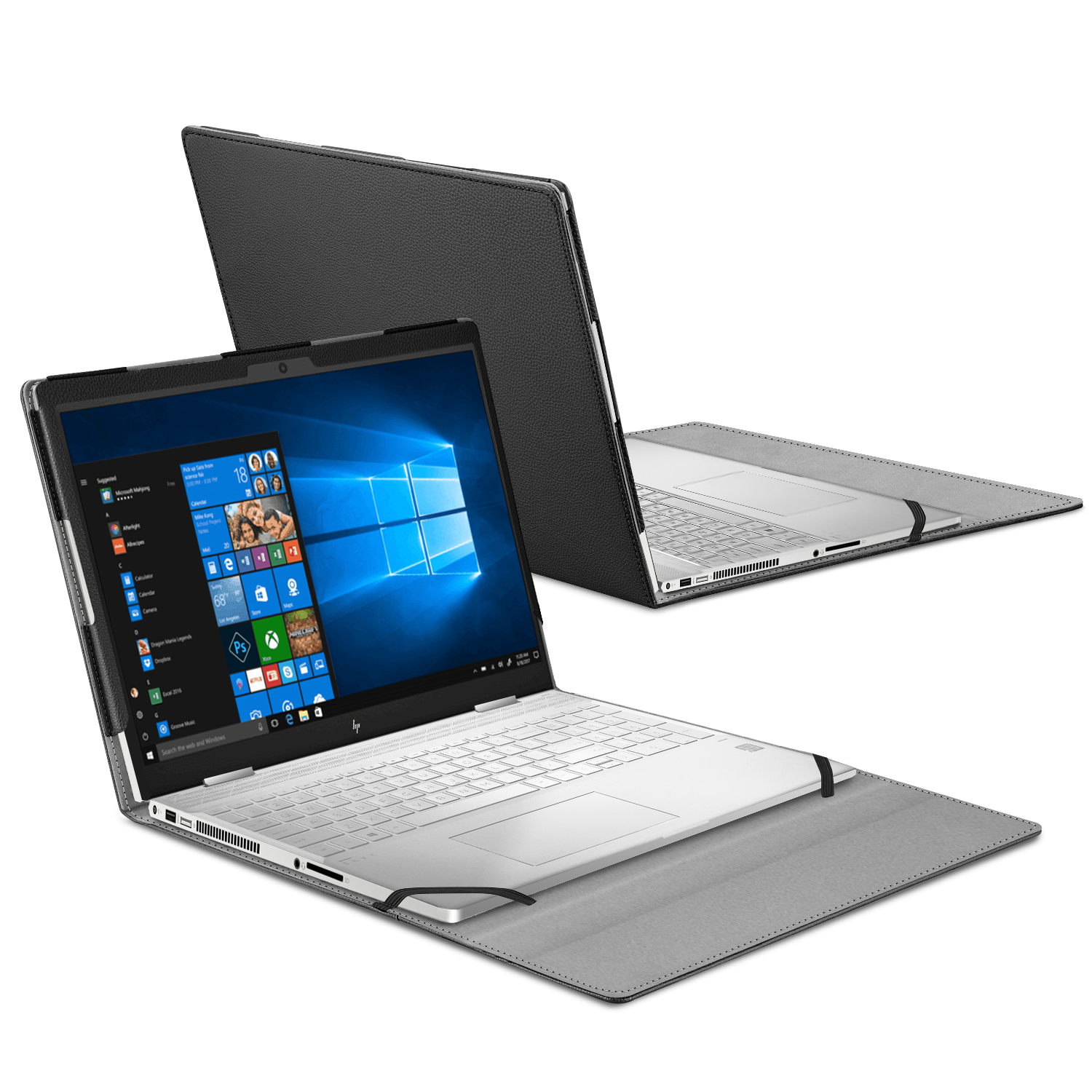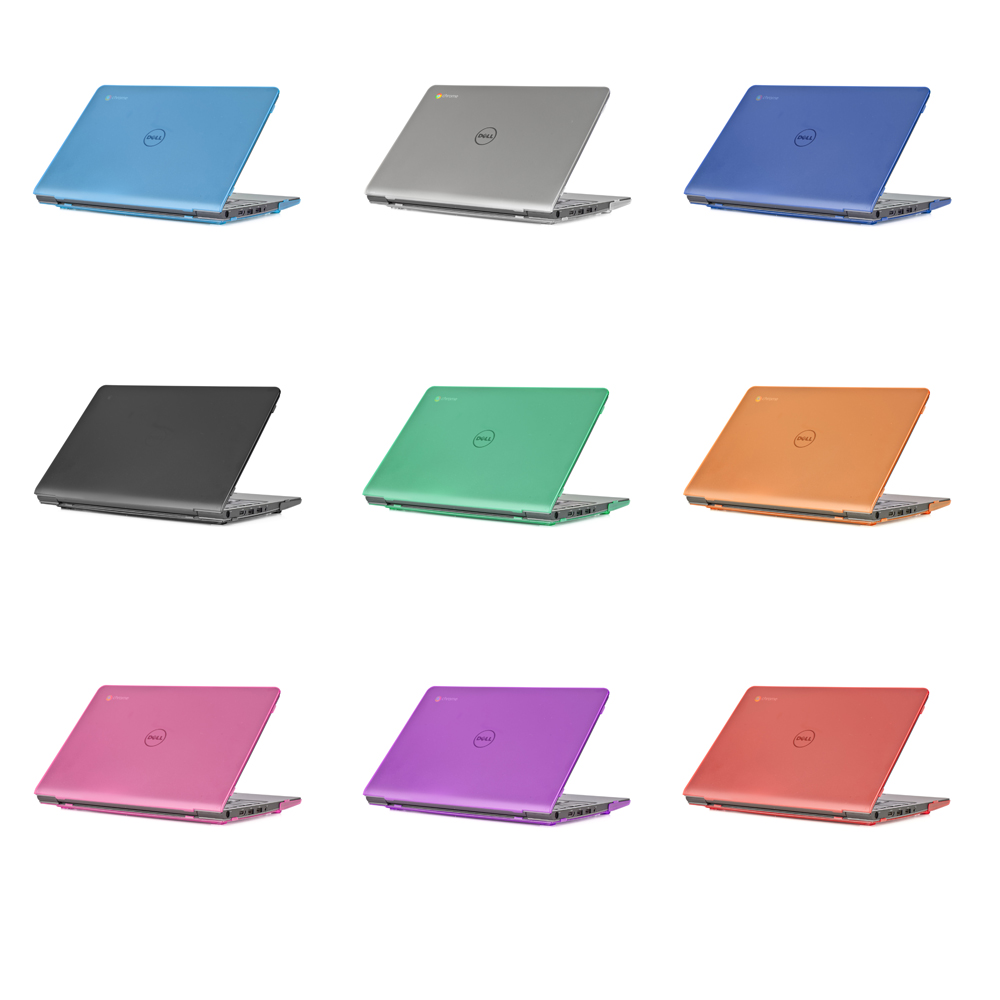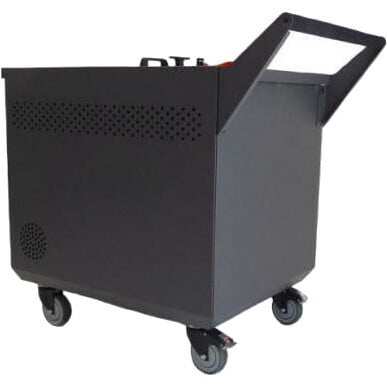
- #CHROMEBOOK SECURE SHELL HOW TO#
- #CHROMEBOOK SECURE SHELL INSTALL#
- #CHROMEBOOK SECURE SHELL PASSWORD#
Now that everything is installed and configured, we're ready to connect. Step 7 - Connect To Desktop Via SSH With Port Forwarding
#CHROMEBOOK SECURE SHELL HOW TO#
Seeing as there are various manufacturers of router/firewall devices, you'll have to find directions on how to do so for your specific device. If you have a firewall and you don't already have port 22 forwarded from your firewall to your computer, you'll need to make sure to do so or else you will not be able to connect to your computer via SSH from outside of your network. Output from checking that TightVNC is listening on the correct port.

If everything is working properly, TightVNC will be listening on 127.0.0.1:5901. To do this type at the prompt (note the default port is 5901): Once it’s started, we want to be certain that VNC is listening on the proper port. Now that everything is configured, we need to start TightVNC using our script. We also need to make this file executable. Mv ~/.vnc/xstartup ~/.vnc/xstartup-backup It’s generally a good idea to make a backup of any configuration files like this before we make serious changes to them. Now we need to setup what kind of session will run when we connect in via VNC.
#CHROMEBOOK SECURE SHELL PASSWORD#
To do this, run the script we just created above.Īfter you've created your password stop VNC with the other script. The first time that TightVNC runs, it will create the configuration files it needs and ask you to create and verify a password that you'll use in order to gain access to the computer when you remote into it. Next create the stop script.Īfter these files have been created, we need to make them executable and then return to the home directory. This script starts VNC with 24 bit color depth at 1366x768 resolution on localhost display 1. Vncserver -nolisten tcp -depth 24 -geometry 1366x768 :1 -localhost At the prompt type:Įither type or copy & paste these lines into the editor. Next we'll create two scripts (startvnc & stopvnc) inside of this directory for stopping and starting TightVNC. If you don't already have one already, create a bin directory in your home folder, then move into the directory.
#CHROMEBOOK SECURE SHELL INSTALL#
Next follow these links to install the necessary apps - Secure Shell and VNC Viewer - on your Chromebook. Sudo apt-get install tightvncserver ssh openbox -y Open a terminal on your Linux computer and type in the following to install the necessary software: These instructions should work on Debian, Ubuntu, and their derivative distributions. Secure Shell app in the Chrome Web Store. While it still needs to have some theming done and it's menu configured, I have a working desktop. After installing it and configuring things, I connected and to find a working Openbox session.

Not certain how other desktop environments will respond in this situation because I have not tested them, but be aware of this possibility.Īfter doing a little thinking, I decided to use Openbox as a window manager on the remote session due to it's lightweight nature. It seems you can't run two concurrent XFCE sessions at the same time. After connecting and not getting a working session though, I discovered in the logs that "xfce4-session: Another session manager is already running". I configured the xstartup script that VNC uses to launch a XFCE session. My desktop is running XFCE and I was hoping to create another XFCE session to connect to. In anticipation of having to stop / restart VNC a number of times while setting things up, I created a couple of bash scripts for the task to save some typing. Though basic, you have a working remote connection. al.) If you connect to the system without any configuration you get a basic X session with a grey background and terminal window.

Most major distributions have it available in their package repositories (Debian, Ubuntu, Fedora, et. With this information, I decided to use TightVNC as my VNC server because it will indeed allow you to connect to a new desktop session other than the existing one.

What I ended up settling on after a few hours of online research, I came across a comparison of VNC systems. I needed to find a way to create a new desktop session at my Chromebook's native resolution. Most VNC servers will connect you to the existing desktop session, which will work for some, but I'm looking to connect to my dual screen desktop (3200x1080 resolution) using a HP Chromebook 11 (1366x768 resolution). It turns out that VNC server packages are not all created equal.


 0 kommentar(er)
0 kommentar(er)
